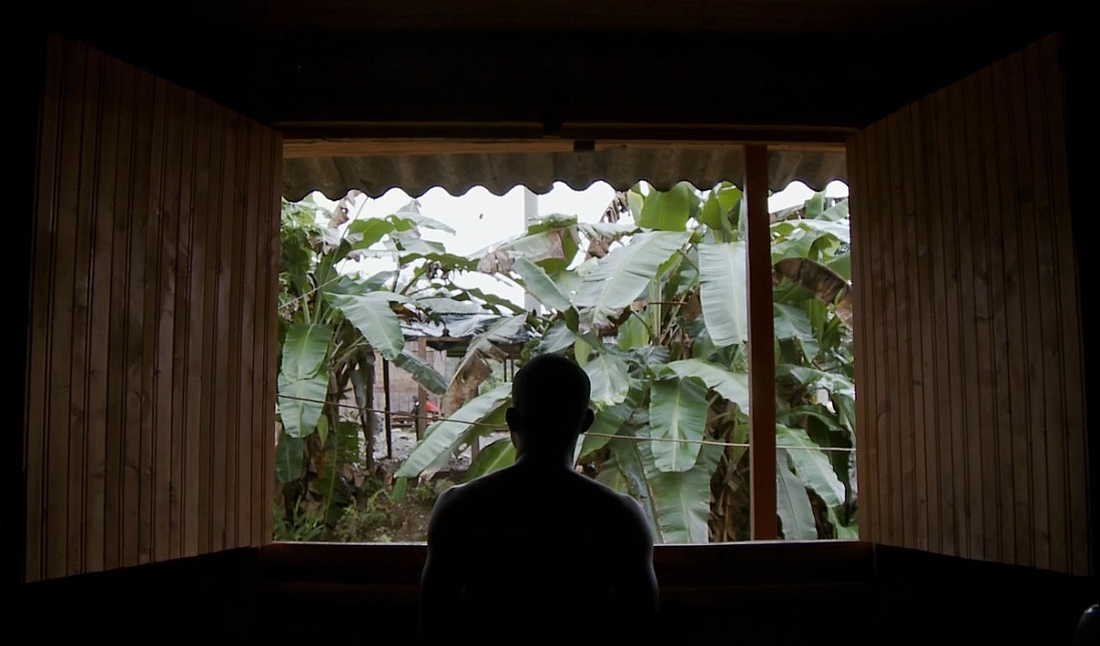Admissions: $10 General Admission / $6 Cinematheque members
Advance tickets here.
Federico Windhausen in person.
Join our Facebook event here
Buenos Aires-based film scholar/curator Federico Windhausen appears in person to present the first of two programs selected from an extensive 8-program series of Latin American experimental film, originally presented at the 2016 International Film Festival Oberhausen. PLEASE NOTE that this is the first of a two-program series. The second program screens Saturday, February 4 at 2pm at Yerba Buena Center for the Arts. Full details available here.
In the 1960s and 1970s, the New Latin American Cinema endorsed el pueblo as an idea that could be used to mobilize revolutionary sociopolitical transformations. “Films, magazines, radio, and periodicals try to de-politicize el pueblo, to spread skepticism and escapism,” announced Fernando Solanas and Octavio Getino in the first part of their militant classic The Hour of the Furnaces (1968), and some of the most influential and canonical cinema of the era saw itself as engaged in a vital struggle against false consciousness. But in the contemporary scene, long after the region's transitions from authoritarian rule to contested democracies, this widespread and widely-abused ideological rallying cry (Somos el pueblo—“We are the people”) no longer carries the same far-reaching impact or promise. It has been assimilated into a dense web of opposed perspectives, within which neither the “pink tide” of leftist governments, the post-neoliberal center-right, nor grassroots movements (to name only three) have managed to enjoy a privileged and dominant influence on contemporary moving image cultures.
During the past ten years, however, the artists' film in Latin America has deepened and diversified its ties to the social within a heterogeneous cluster of political contexts. Faced with the shifting dynamics of conflicting rhetorical discourses, the most original and innovative work from the region has replaced the polemical and agitative declaration of collective identity with a series of questions, an exploratory project that asks: What is el pueblo? Can the grander constructs that it implies (Latin America, national identity) be illuminated or challenged by first narrowing its scope, so that a more generative point of departure can be the zone of the locality?
"These programs are designed to tease out an intricate set of interrelationships—aesthetic, sociological, ideological, and so on—among works from circumscribed zones of cultural activity both familiar and unknown…. " —Federico Windhausen, “El Pueblo: Searching for Contemporary Latin America.”
El Pueblo program 1: From Passage to Chronicle
The rural landscape becomes the terrain where the local effects of larger political and economic decisions can still be seen and sensed most vividly. The presence of dozens of U.S. military and naval installations on the island of Puerto Rico in the past century, the loss of Colombia’s railway infrastructure, the ongoing conflicts between the landless sector and large-scale agribusiness in the Paraguayan countryside—these are a few of the consequential events with special relevance for the work in this program. Yet these are not films of traditional reportage or literal documentation. Threaded through this selection are invocations of the fantastical, the supernatural, and the talismanic. In many of the sites represented herein, the rural locale is the space of action, of staged and choreographed performances, often carrying out secular and spiritual rituals and using movement to imply or generate narratives. (Federico Windhausen)
SCREENING:
Tropic Pocket (2012) by Camilo Restrepo: In El Chocó, religious, military, and touristic projects have come and gone, coexisted, and ignored each other at the same time. Without judgment and narration, Tropic Pocket steals images that reflect and justify these actions, unburdening itself of the passage of their argumentative force. The viewer will decide which images among these strata of reality and mystification are most deceitful. (Camilo Restrepo)
La estancia (2014) by Federico Adorno (Paraguay): Produced after the Curuguaty Massacre, a violent confrontation between police and rural residents occupying lands claimed by a local business group, this film responds not only to that incident but also to what Adorno sees as a “history of the Paraguayan peasant that has been repeating itself for some time now.” (Federico Windhausen)
Ficções (2013) by Naldo Martins (Brazil): A foreign body which transgressed a space...which broke with the look of those who customarily came to the market and those who passed by. And such is my poetic, this fissure of the look. (Naldo Martins)
Corda (2014) by Pablo Lobato (Brazil): Flow and disjunction, order and discord, during a Catholic procession centered around an 800-meter holy rope. (Pablo Lobato)
Evil Eye (2013) by Leandro Listorti (Argentina): A short made as part of the Buenos Aires version of the workshop Labor in a Single Shot, conducted by Antje Ehmann and Harun Farocki. The workshop was intended to generate single-shot videos about labor, each 1 to 2 minutes in length, with no cuts.
La cabeza mató a todos (2014) by Beatriz Santiago Muñoz (Puerto Rico): Instructions to destroy the war apparatus with a spell. The form of this spell is precise. (Beatriz Santiago Muñoz)
Nariño (2013–2014) by José Luis Bongore (Colombia): This video comes from theater workshops conducted in southern Colombian conflict zones, among populations affected by fighting between guerrillas, paramilitaries, drug traffickers, and prospectors. The workshops were aimed at creating tools for self-representation. I accompanied to Nariño the team led by Cesar Castaño (playwright) and Nemesio Berrio (choreographer). (José Luis Bongore)
Echo Chamber (2014) by Guillermo Moncayo (France/Colombia). This film is based on a very concrete reality, the gradual abandonment of Colombia’s rail network in the second half of the 20th century, reflecting the country’s complex relation to the notion of modernity over the decades. This is seen as a kind of intimate process of deconstruction of the territory’s imaginary cartography. (Guillermo Moncayo)
More information on the Feb. 4 matinee of El Pueblo Program 2 is available here.
Image above: Echo Chamber (2014) by Guillermo Moncayo
